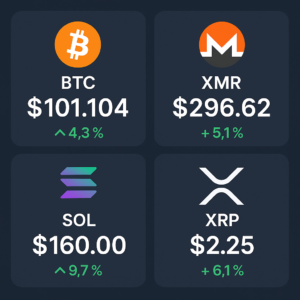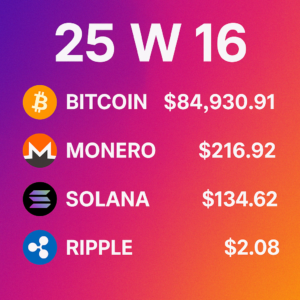by Scott Emick
12/9/25
Daylight Saving Time (DST) is the practice of advancing clocks during warmer months to extend evening daylight, thereby reducing the need for artificial lighting in the evening hours. This concept has a rich history and has been implemented differently across the globe. 
Origins of Daylight Saving Time
The idea of DST is often credited to George Vernon Hudson, a New Zealand entomologist, who proposed a two-hour shift in 1895 to allow for more evening daylight for his insect-collecting activities. Independently, in 1907, British builder William Willett advocated for DST to prevent people from wasting daylight hours in the morning. Despite these early proposals, it wasn’t until World War I that DST was widely adopted. Germany and its allies implemented DST in 1916 to conserve coal during wartime, prompting other countries, including the United Kingdom and the United States, to follow suit.  

Global Adoption and Variations
After World War I, many countries abandoned DST, only to reinstate it during World War II for similar energy-saving reasons. Post-war, the practice varied by country: 
• United States: The U.S. observed DST during both world wars but lacked standardization in peacetime until the Uniform Time Act of 1966. A brief experiment with year-round DST occurred during the 1970s energy crisis but was quickly repealed due to public discontent.  
• Europe: European countries have had varied histories with DST, with many standardizing the practice in the late 20th century. In 2018, the European Commission proposed ending seasonal clock changes, but as of 2020, the decision has not been confirmed by the Council of the European Union. 
• Russia: In 2011, Russia adopted permanent DST but reverted to standard time in 2014 due to widespread complaints about late sunrises in winter. 
Current Debates: Permanent DST vs. Permanent Standard Time

The biannual clock changes have sparked debates about adopting a consistent time system year-round. Proponents of permanent DST argue that extended evening daylight benefits the economy by encouraging consumer activities and reducing energy consumption. For instance, the golf industry supports permanent DST, citing increased evening playtime and revenue.   
However, health experts advocate for permanent standard time, aligning more closely with human circadian rhythms. Studies have linked DST transitions to increased health risks, including heart attacks and strokes, due to disrupted sleep patterns. The American Academy of Sleep Medicine supports abolishing DST in favor of permanent standard time to mitigate these health risks.   
Legislative Movements
In the United States, several states have enacted legislation favoring permanent DST, but federal approval is required for such changes. The “Sunshine Protection Act,” aiming to establish permanent DST nationwide, passed the Senate in 2022 but stalled in the House of Representatives. 
Similarly, in 2018, the European Commission proposed ending seasonal clock changes, allowing member states to choose between permanent DST or standard time. However, as of 2020, a consensus has yet to be reached, and the proposal remains in limbo.  
Conclusion
The history of Daylight Saving Time reflects a complex interplay of economic, health, and societal factors. While some advocate for the benefits of extended evening daylight, others emphasize the importance of aligning with natural circadian rhythms. As discussions continue globally, the future of DST remains uncertain, balancing the desire for daylight optimization with health and well-being considerations.
It is my own personal preference to have sunlight later in the day, so I’m all for permanent daylight savings time with no clock changes.






